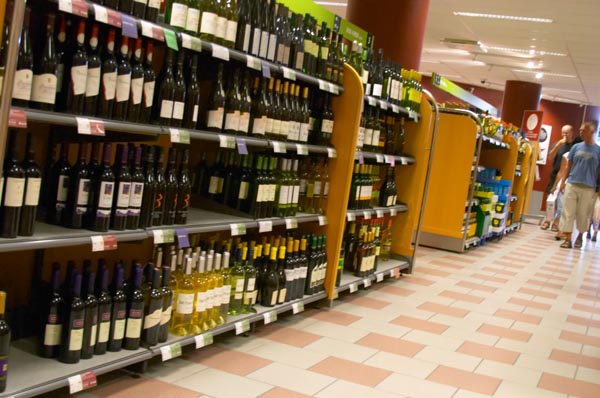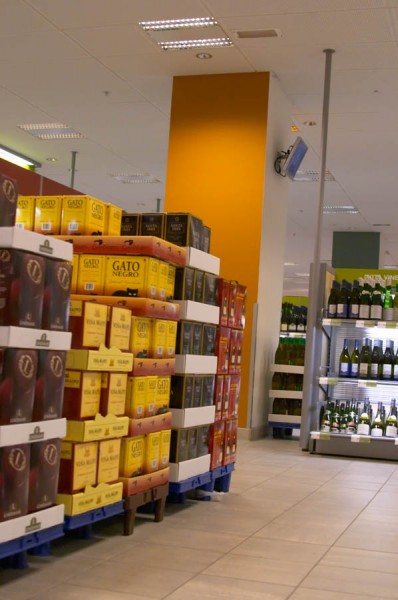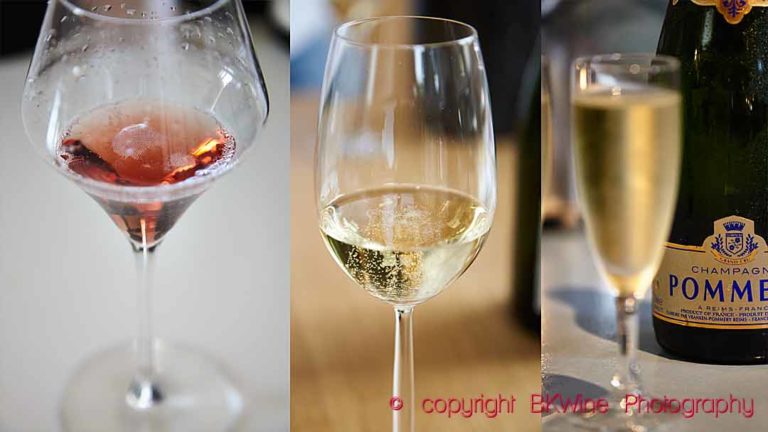BKWine interviewed in the Italian magazine WineMeridian
The Italian online magazine WineMeridian has just published an interview with us on how better to sell wines in Sweden. Or to put it in another way, we explain a bit about how the Swedish wine market works and the market dynamics that there are.
The interview published on WineMeridian’s site and is both in English and in Italian.
 We describe the Swedish market with primarily Italian wine producers in mind, so part of the interview is about the position Italian wines have on the Swedish market. But the core of the interview is really on what any wine producer need to think about when approaching the Swedish market.
We describe the Swedish market with primarily Italian wine producers in mind, so part of the interview is about the position Italian wines have on the Swedish market. But the core of the interview is really on what any wine producer need to think about when approaching the Swedish market.
In fact, one could almost say that it is advice that could be appropriate for approaching any new market or new country. Think about the consumer preferences, look at how the market functions and the market dynamics, find a good agent or importer on that market, etc.

To some extent it is of course specific to Sweden. There are two peculiarities about the Swedish market that one should in particular keep in mind:
The Swedish market is very trend driven: In Sweden people like to think of the Swedish market as “on the forefront of the development of the wine business”. That is of course true in one way. The Swedish market is often quick to take up “new trends”, like fruit flavoured summer wine coolers, or less oak in wine. But another way of looking at it is that the Swedish market is easily swayed by marketing efforts, marketing efforts that are often done in other countries, and also by marketing-driven consumer trends in foreign countries, primarily Anglo-Saxon ones.
The Swedish market is very homogenous: In one way this is obvious, there is a monopoly (that, however, only accounts for 50% of consumption) so the retail market is by design homogenous. But it is also true for consumer tastes. Everyone liked Rioja in the 80s. Then everyone liked Australian chardonnay. Now everyone likes Italian Amarone. And today everyone, not least the wine journalists, are agreeing that rosé wines are great and are really quality wines. Almost no one disagrees. No one dares to say that rosé is often very boring… Sometimes this is an effect that almost gives you the impression of mass-psychosis.
The two things are closely connected.
There are a lot more that we could say about this, but not today.
Read the interviews on WineMeridian:
- Italy is the biggest supplier of wine to Sweden
- Svezia, l’importanza di parlare al consumatore finale











2 Responses
I think that this homogeneity of taste is a problem, on the long period at least. I mean, ok, now Amarone is a really successful wine, but tomorrow? what if somebody gets tired? Everybody gets tired too, overnight?
I would be a bit worried about this, and you?
It depends on your perspective. If I were an amarone producer then I would be worried, yes.
It is exactly that what I had in mind in this text.
Amarone today, something else tomorrow. Rioja, Australian chardonnay, Apulian primitivo… come and made a great success and then gone.
It is not a long lasting love affair with Swedish wine consumers. It is more like a one-night-stand.
So if I were an amarone / Valpolicella producer I would try and make sure that I have other significant markets too in my portfolio. And that I also try and include in my portfolio other wines than high-alcohol, heavy-on-ripe-fruit wines.
And indeed, today it is not uncommon to hear “how long will this amarone craze last?”